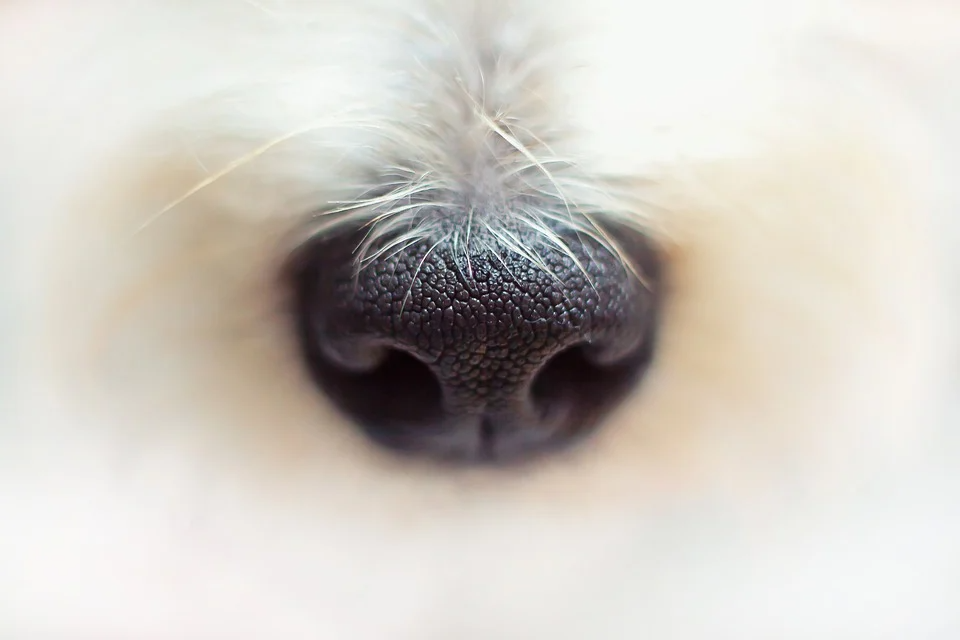
Your dog might have a “dog winter nose” if its nose changes from its normal dark color to a pinkish or brown tone, especially during the colder months.
This condition is known as “hypopigmentation” and causes the nose of a dog to become lighter in color, usually pink or light brown. It depends on what color your dog’s original nose was.
It may turn pink or darker brown if your dog has a normal black nose. Your dog’s brown nose may change to a lighter brown.
What causes a dog’s snow nose?
We don’t know what the cause is, but we suspect that it may have to do with temperature, or perhaps certain enzymes,” explains Sandra Koch, a board-certified veterinary dermatologist at the College of Veterinary Medicine of the University of Minnesota, St. Paul Minnesota.
According to Dr. Koch, dog snow noses can occur even during the summer and in tropical regions. We have little information about it. There hasn’t been much research, and the majority of information is anecdotal,” Dr. Koch says.
Are pet parents concerned?
The fact that the dog snow nose itself does not harm your dog or cause any concern is one of the main reasons why there is little research on the subject. Dr. Christine Cain is a board-certified veterinary dermatologist at the University of Pennsylvania School of Veterinary Medicine, Philadelphia.
The condition, which is cosmetic in nature and appears to be an incidental change of color will come and go. The nose will usually return to its original color over time,” says Dr. Cain. She says that in certain cases, however, the color of the nose may remain lighter.
According to Dr. Cain, it is important to note that the dog snow nose does not affect the texture of the nose or its moisture. It only changes the nose color. This usually occurs in the middle part. Cain says that the cobblestone-like texture should remain in this part. If it becomes smoother, or if there are any sores or rashes on the skin you need to see a veterinarian.
What else could it be?
These symptoms can indicate something more serious, such as cancer, a lupus infection or an immune disease known as vitiligo. This type of issue can indicate something serious such as cancer or an infection of lupus, as well as an immune disorder known as Vitiligo.
Your dog’s color may also change for other reasons. While Dr. Cain said it’s not common, there are some dogs who lose pigment from their noses after eating or drinking out of plastic dog bowls.
You can use a pet bowl such as the Bergan stainless-steel pet bowl, or the Van Ness steel pet dish if you do not see other nose changes.
How Can You Prevent Snow Nose from Developing?
According to Dr. Cain, since veterinary scientists have not yet determined the cause of snowy nose in dogs, it is impossible to do anything to prevent this condition.
Snow nose does not cause any concern. It is not related to skin cancer, or other diseases.
What Dogs are affected?
Most commonly, it is found in Siberian Huskies. Golden Retrievers. Labrador Retrievers. Bernese Mountain Dogs. However, it can occur with any breed. Dr. Cain has seen this happen to some small breeds.
Snow nose is not a condition that affects all dogs born brown-nosed. According to Dr. Cain, dog snow nose usually affects either the middle part of the nose or the color of the flat area of the nose known as the nasal planum.